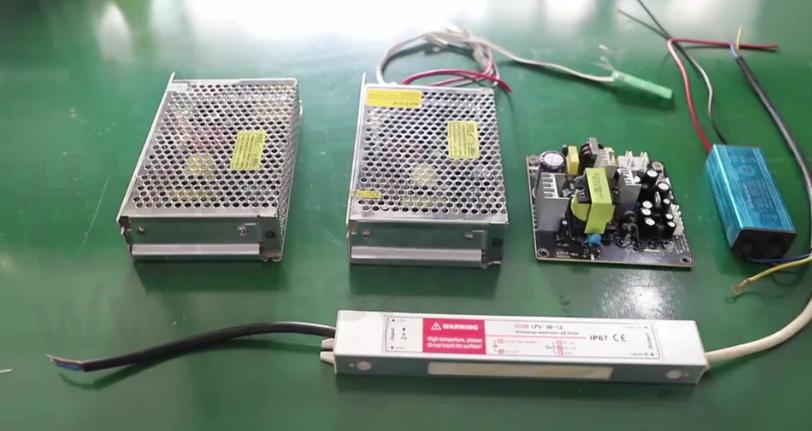AC-DC Converter: Converting Alternating to Direct Current

An AC-DC Converter is an electronic device that is used to convert alternating current (AC) to direct current (DC). The use of these converters is widespread, and they can be found in many different applications, including power supplies for electronic devices, motor control systems, and battery chargers.
The primary advantage of using an AC-DC converter is that it allows electrical devices to be powered using direct current, which is the preferred method of powering most electronic devices. Direct current provides a constant level of voltage and is less likely to cause interference or damage to electronic devices than alternating current.

Fig.1
The conversion process involves several steps. The first step is to rectify the AC input voltage, which means that the negative half of the AC waveform is inverted so that it becomes positive. This process is accomplished using a diode bridge, which consists of four diodes that are connected in a specific pattern.

Fig.2
Once the AC voltage has been rectified, the next step is to filter the output to remove any unwanted noise or ripple. This is typically accomplished using a capacitor, which smoothes out the DC voltage and ensures that it is a constant level.
The final step in the conversion process is to regulate the output voltage to ensure that it remains stable and does not fluctuate. This is typically accomplished using a voltage regulator, which is designed to maintain a constant level of voltage regardless of changes in the input voltage or load.
There are several different types of AC-DC converters, including linear and switching designs. Linear converters are relatively simple and inexpensive, but they are not very efficient and are typically only used in low-power applications. Switching converters are more complex and expensive, but they are much more efficient and can be used in a wide range of applications, including high-power devices.
In summary, AC-DC converters are an essential component of many electronic devices, allowing them to be powered using direct current instead of alternating current. The conversion process involves rectifying the AC voltage, filtering the output, and regulating the output voltage to ensure that it remains stable and does not fluctuate. There are several different types of AC-DC converters, including linear and switching designs, each with its own advantages and disadvantages.
- +1 Like
- Add to Favorites
Recommend
- What are the Benefits of Using AC-DC Converter Suppliers and Why You Should Choose It
- Creating an AC-DC Converter: A Guide to Converting Alternating Current to Direct Current
- Generating Power with an AC-DC Converter
- The Key Features and Benefits of SP Series AC-DC Converter
- 12V AC-DC Converter: Efficient Power Conversion Solution
- AC-DC Converter: Converting Alternating Current to Direct Current
- Power Up Any Device with Zoeygo 12V AC-DC Converter
- How to Build an AC-DC Converter
This document is provided by Sekorm Platform for VIP exclusive service. The copyright is owned by Sekorm. Without authorization, any medias, websites or individual are not allowed to reprint. When authorizing the reprint, the link of www.sekorm.com must be indicated.



























































































































































































































































































































































































































































































































































































































































































































































































































































































